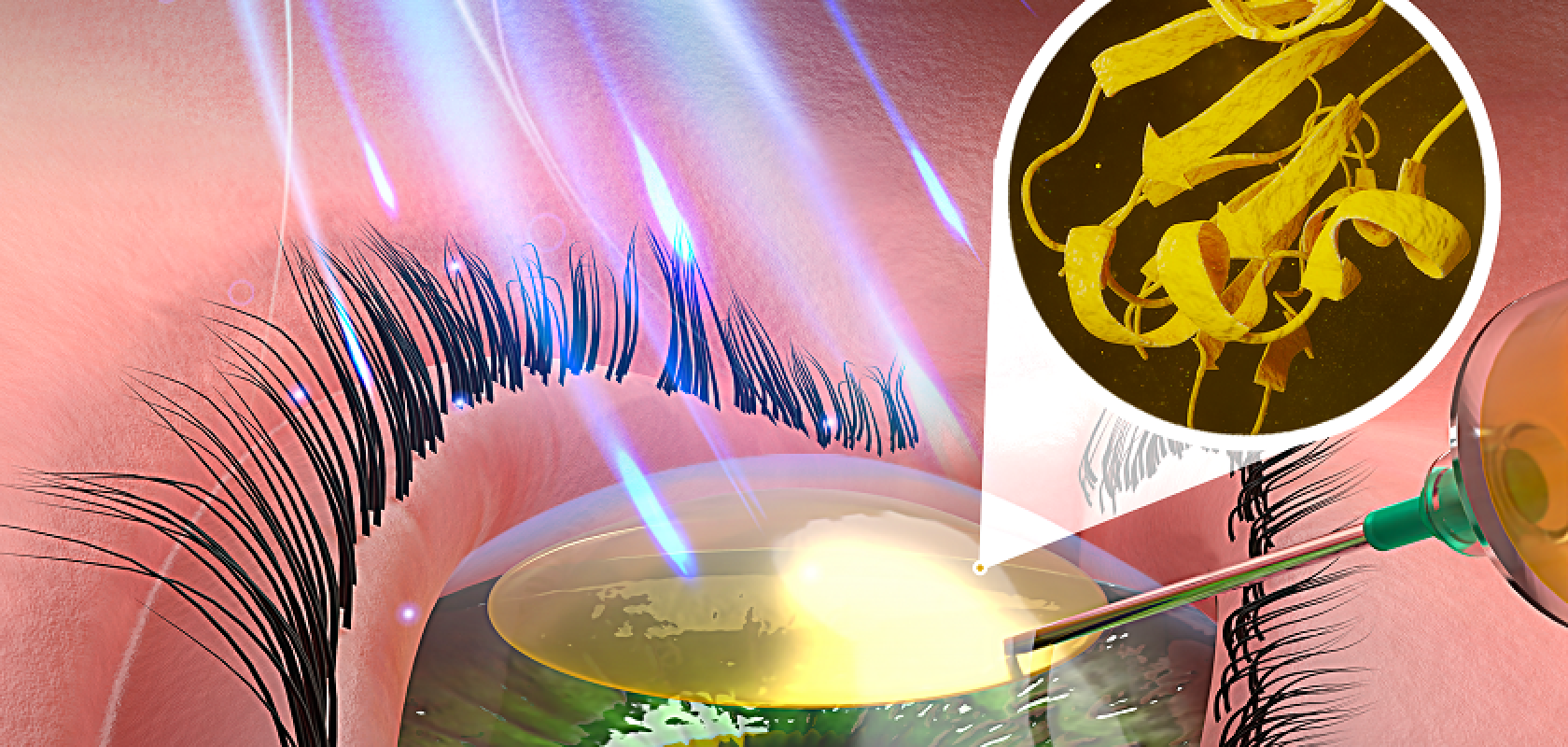Low-energy blue light could help repair damaged corneas, researchers say.
An injectable biomaterial activated by pulses of low-energy blue light has the potential to reshape damaged corneas, as well as thicken the tissue, a team of researchers from the University of Ottawa has found.
Their results showed that novel light-activated material can be used to reshape and thicken damaged corneal tissue, promoting healing and recovery.
“Our technology is a leap in the field of corneal repair. We are confident this could become a practical solution to treat patients living with diseases that negatively impact corneal shape and geometry, including keratoconus,” said Dr Emilio Alarcon, an Associate Professor at the uOttawa Faculty of Medicine at the University of Ottawa.
The cornea acts as a shield, forming a curved, transparent surface at the front of the eye, just ahead of the iris and pupil. It directs and control the passage of light into the eye. If it gets injured or infected, it may develop scars.
The researchers created biomaterials using short peptides and naturally occurring polymers called glycosaminoglycans. Injected as a liquid into corneal tissue, low-energy blue light hardens it into a transparent, tissue-like 3D structure. In tests with rats and pig corneas, it thickened corneas safely. Testing in large animal models will be necessary prior to clinical human trials, the university says.
“Our material was engineered to harvest the blue light energy to trigger the on-the-spot assembling of the material into a cornea-like structure. Our cumulative data indicates that the materials are non-toxic and remain for several weeks in an animal model. We anticipate our material will remain stable and be non-toxic in human corneas,” Dr Alarcon said.
“We had to engineer each part of the components involved in the technology, from the light source to the molecules used in the study. The technology was developed to be clinically translatable, meaning all components must be designed to be ultimately manufacturable following strict standards for sterility,” Dr. Alarcon said.


